How To Make The Best Apple Juice At Home
Views: 201
Do you like apple juice? If you’re uncertain about the answer because the ones you’ve tried always taste different, we worked hard to figure out what makes the best one. We tried various ingredients and methods to create the best apple juice recipe. Here’s our simple guide with the must-use ingredients and easy steps
To begin with, what makes the best apple juice? To find the answer to this question, we experimented with various versions of the recipe, testing different ingredient combinations and methods. Our singular objective was to create the universally appealing, best tasting apple juice recipe that anybody can make at home.
Find out about the ingredients and methods we tested and how they affected the juice’s taste. Or, simply go to the bottom of this post for the recipe of the best homemade apple juice.
Key elements of the apple juice
Firstly, we assembled a list of ingredients that can be frequently found in beverages titled “apple juice”. These are: apples, sugar, ascorbic acid, water and spices. Typical spice mix includes nutmeg, cardamom, cloves, and cinnamon sticks.
Another key point we evaluated when coming up with our juice recipe is the presence of pulp in the beverage.
Pick the best juicing apples
The star ingredient in any fruit juice is the fruit you pick for it. We tested Granny Smith, Fuji and Jonagold.
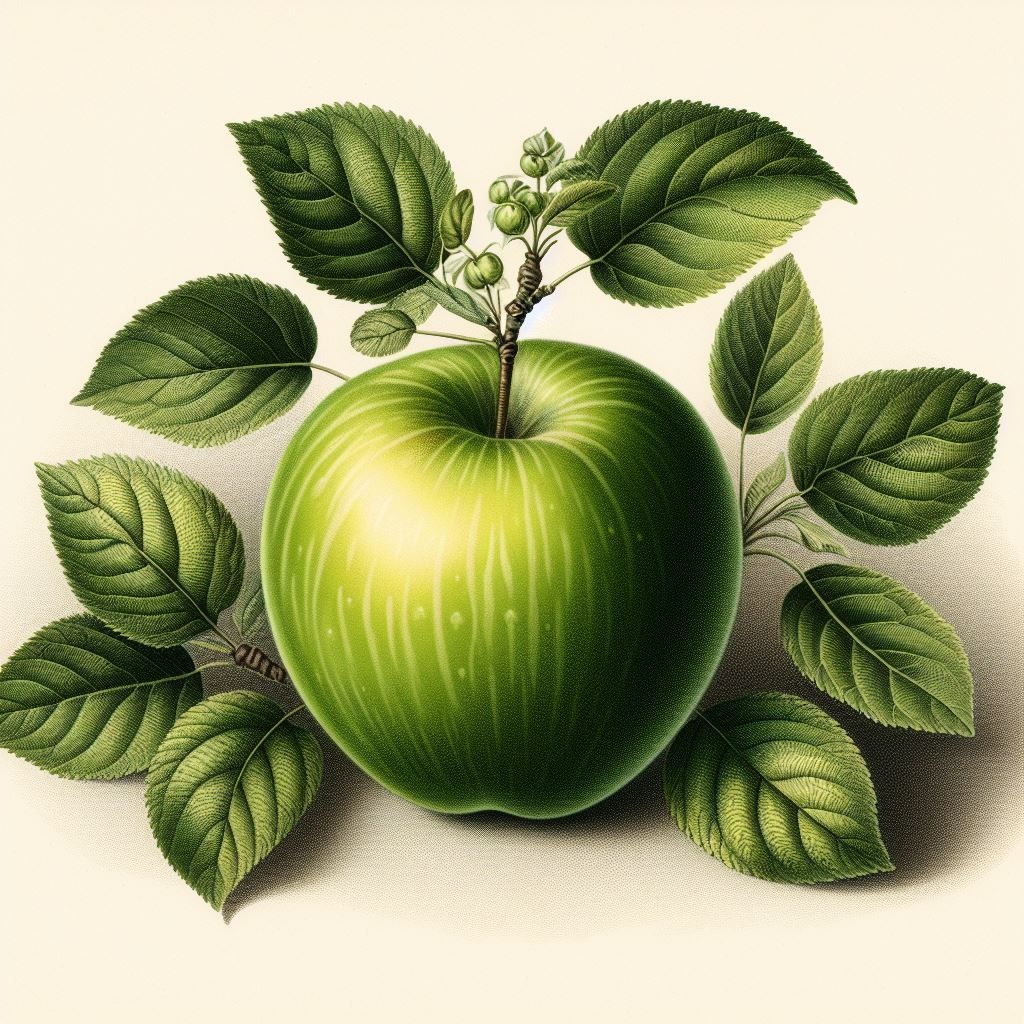
Granny Smith is the sourest apple that you will be able to find. It is also the most well-known. Additionally, this is the type of apple that usually costs the least.
- Color: Bright green.
- Flavor: Tart and crisp.
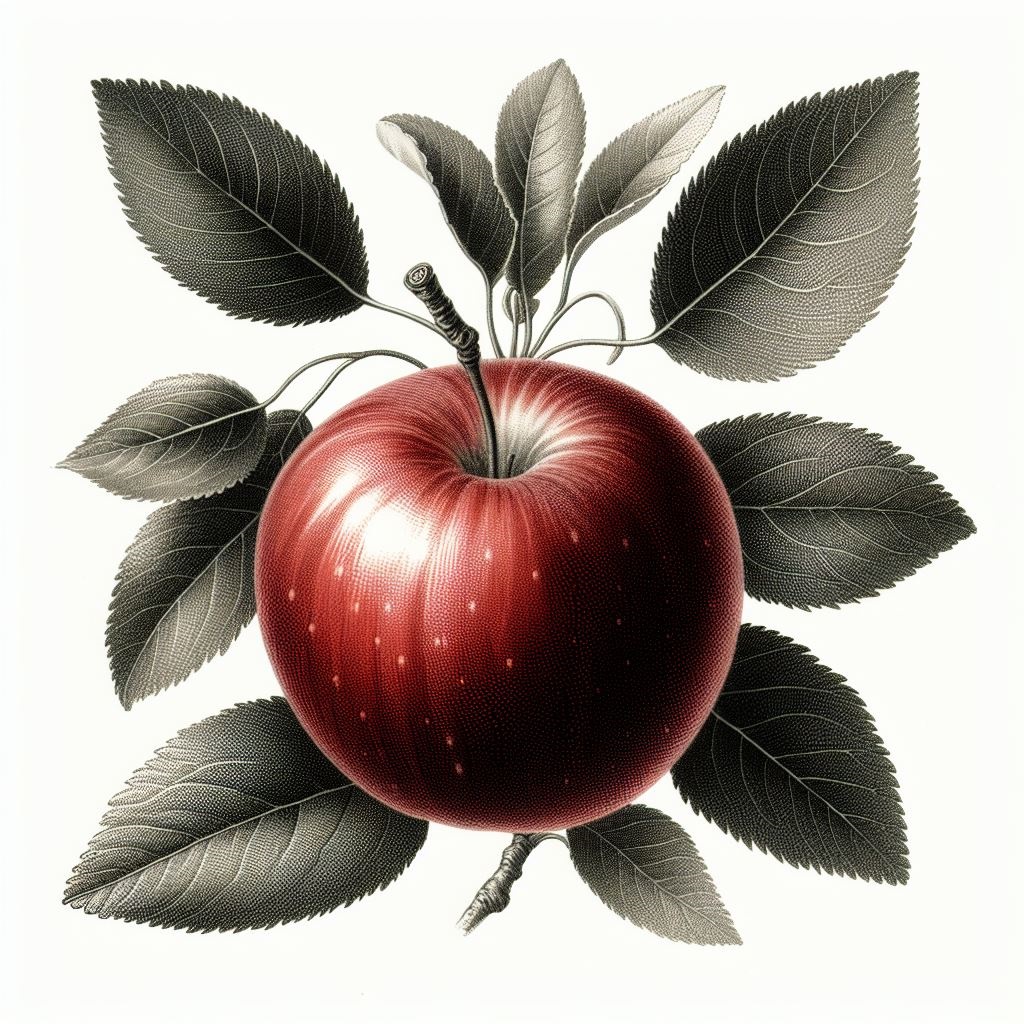
Fuji reigns supreme as the sweetest apple you can buy. Generally, it is widely available for purchase and usually it is reasonably priced.
- Color: Typically, red or pink with yellow stripes.
- Flavor: Sweet and crisp.
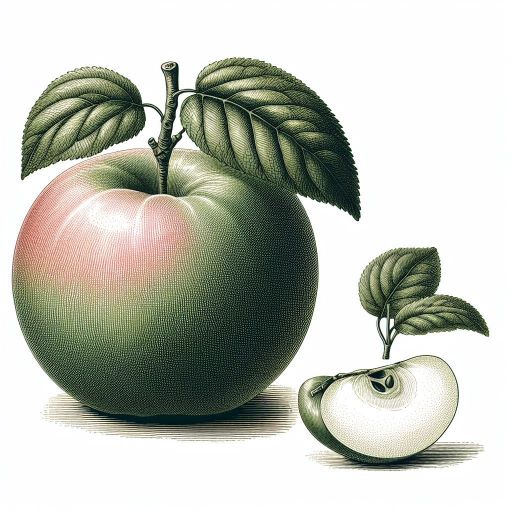
Jonagold apple is a hybrid between Golden Delicious and Jonathan varieties, combining the best of both parents.
- Color: Typically has a bright yellow-green base with red blushes.
- Flavor: Sweet and tart, offering a balanced taste.
As expected, all our juice tests had different results. Granny Smith was too sour, Fuji too sweet, and Jonagold a bit sourer than we wanted. We found a mix of Jonagold and Fuji to be the perfect blend of apples for our recipe.
Should you add water to a homemade apple juice?
It’s not strictly necessary to add water to an apple juice. However, some people choose to dilute their juice with water to reduce sweetness or to adjust the flavor to their liking. If you prefer a milder taste or want to stretch the juice further, you can experiment with adding water in small amounts until you achieve the desired balance. We enjoy the pure, concentrated flavor of fresh apples. Moreover, we realized that you can always add water later if the situation calls for a more diluted apple juice, adjusting the flavor as needed. The bottom line? Keep your apple juice pure.
Adding sugar and acid
When it comes to adding sugar and acid to your preserves, it’s important to know that both of these act as canning preservatives. Yet, for apple juice, there’s usually no need to add sugar or acid because apples have enough natural sweetness and acidity.
Setting aside canning concerns, sugar brings natural sweetness to preserves, while adding acid, such as lemon juice, boosts acidity. If you’ve picked tart apples and want a sweeter juice, adding sugar can enhance the flavor.
We tested both white and Demerara (brown) sugar in all the juices we made. Adding sugar to juices made with Granny Smith and Jonagold reduced these juices acidity, making them less tart. However, adding sugar to a juice made with Fuji apples made it too sweet. White sugar gave all our juices a less natural taste, while Demerara sugar added pleasant sweetness and a hint of caramel flavor. Our conclusion? If you prefer sweetened apple juice, choose brown sugar. But in general, we recommend skipping both sugar and added acid.
Adding spices to your homemade juice
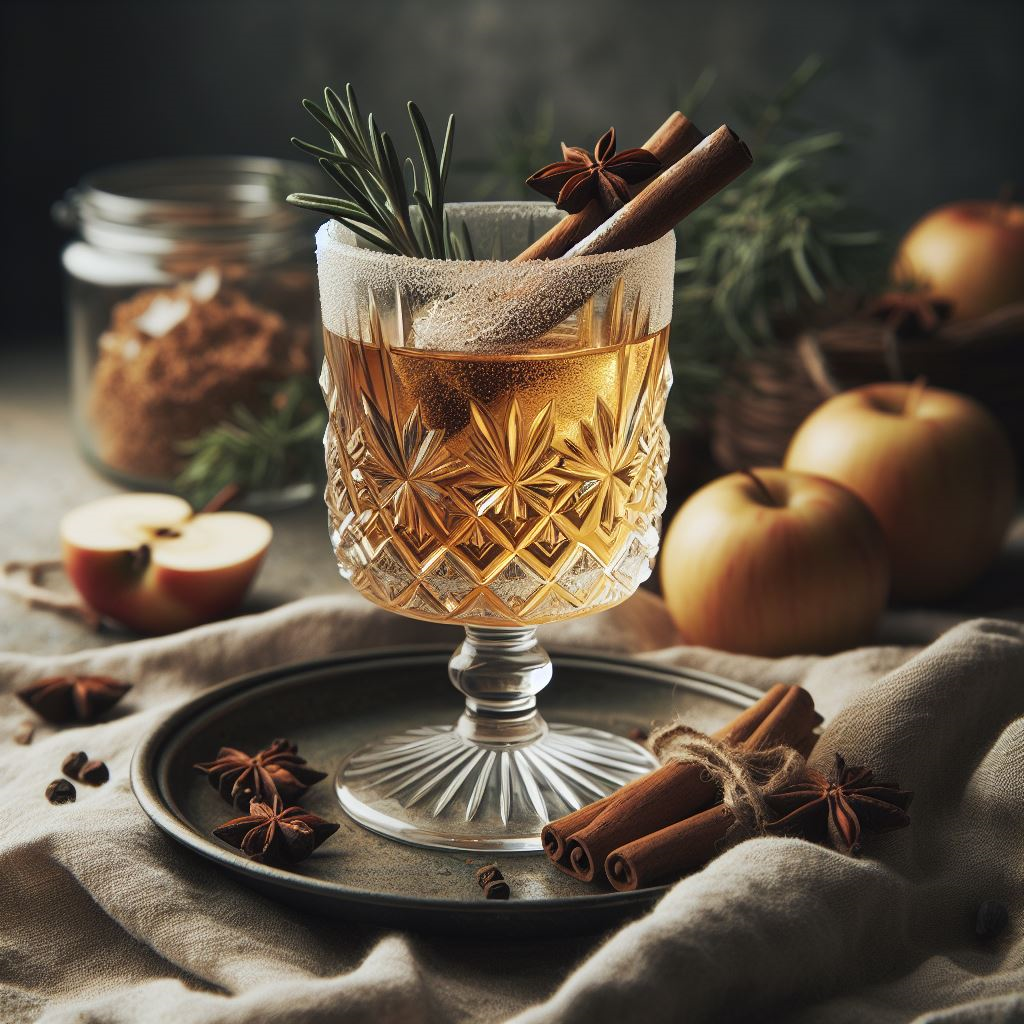
Adding spices to homemade apple juice is a matter of personal preference. Some people enjoy the warmth and depth of flavor that spices can bring to apple juice, while others prefer the simplicity of the natural apple taste. Common spices to consider include cinnamon, nutmeg, cloves, or even a dash of ginger.
We tried adding cinnamon stick, nutmeg and cloves to all our juices. We enjoying the result as it tasted similar to the mulled apple cider. However, as our plan was to make the best apple juice, we chose simplicity and skipped the spices. If you ever crave a cozy mug of warm mulled apple cider, it’s easy to add spices to your apple juice on those occasions.
Filtered vs. Unfiltered apple juice
To filter or not to filter is indeed the question when it comes to preparing apple juice. The main difference between filtered and unfiltered juice lies in the presence of pulp and sediment.
In order to filter our juices we tasted using cheese cloth and unbleached coffee filter. Firstly, we found out that coffee filter does a much better job removing solids, pulp, and sediment from the juice than a cheese cloth. As a result, the juice was clear and transparent with a just a few small visible particles. Furthermore, filtering made our apple juice taste much smoother and lighter, contributing to a cleaner and more consistent taste without the additional texture from pulp.
In contrast, our unfiltered juice retained both the pulp and sediment, often undergoing minimal processing. Consequently, this juice appeared cloudy due to the presence of suspended particles, offering a more rustic look. The denser texture, attributed to the retained pulp, provided a more textured and less pleasant mouthfeel.
Our conclusion? Undeniably investing extra time in filtering will go a long way in making a better tasting juice. Furthermore, filtering juice before cooking helps to remove most of the impurities.
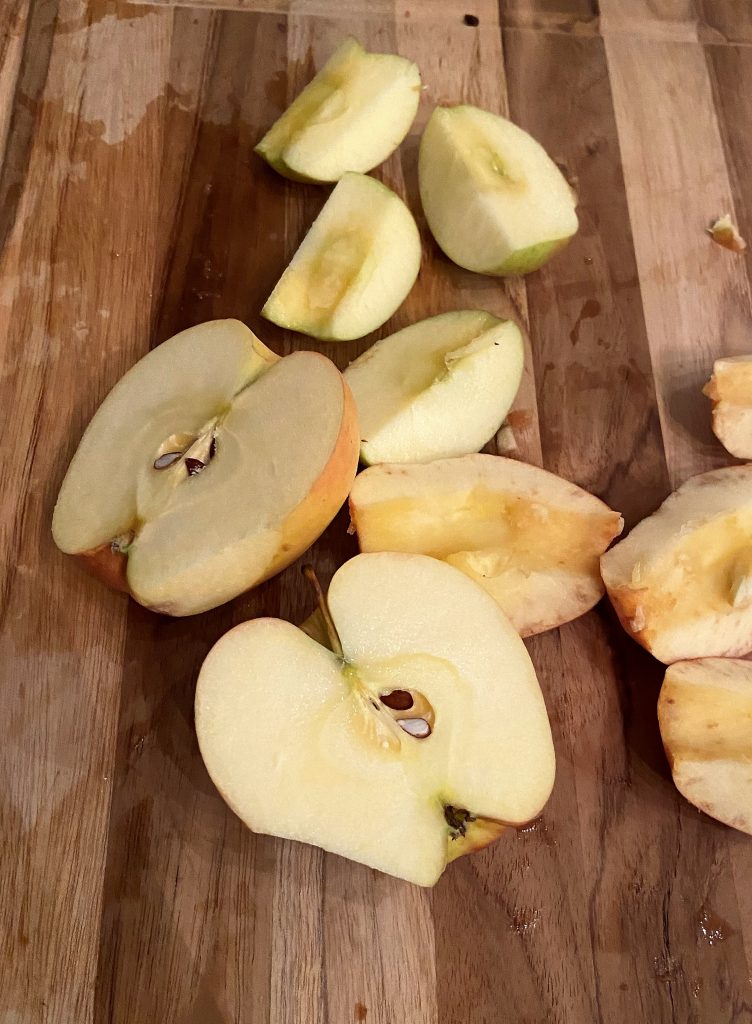
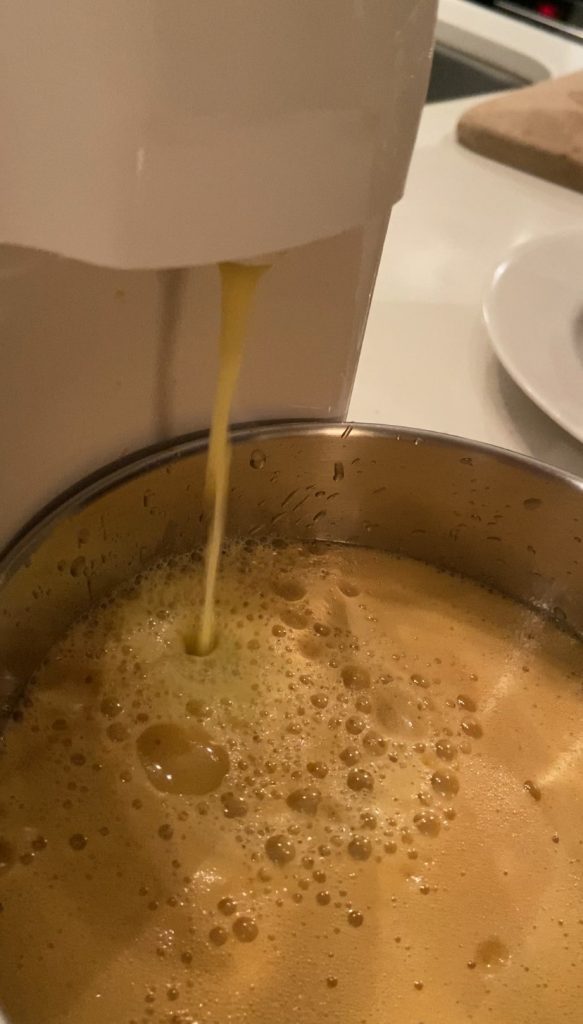
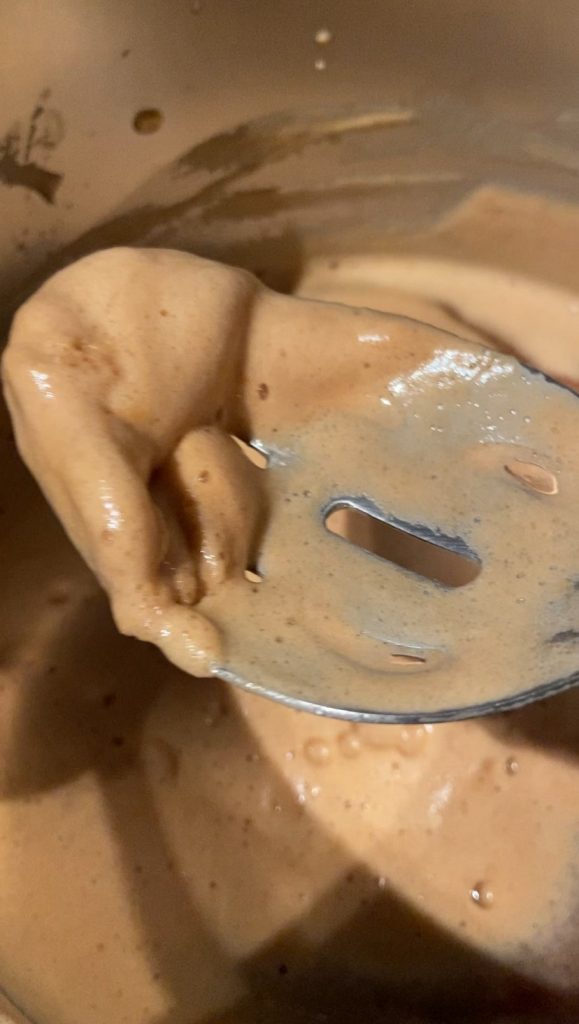
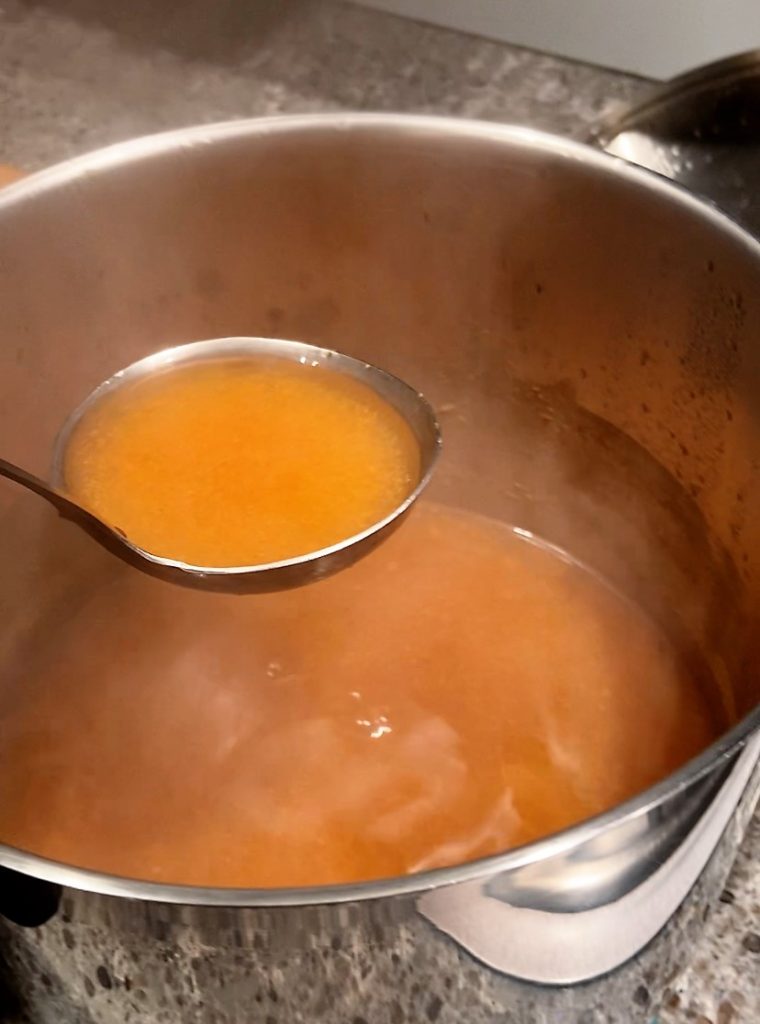
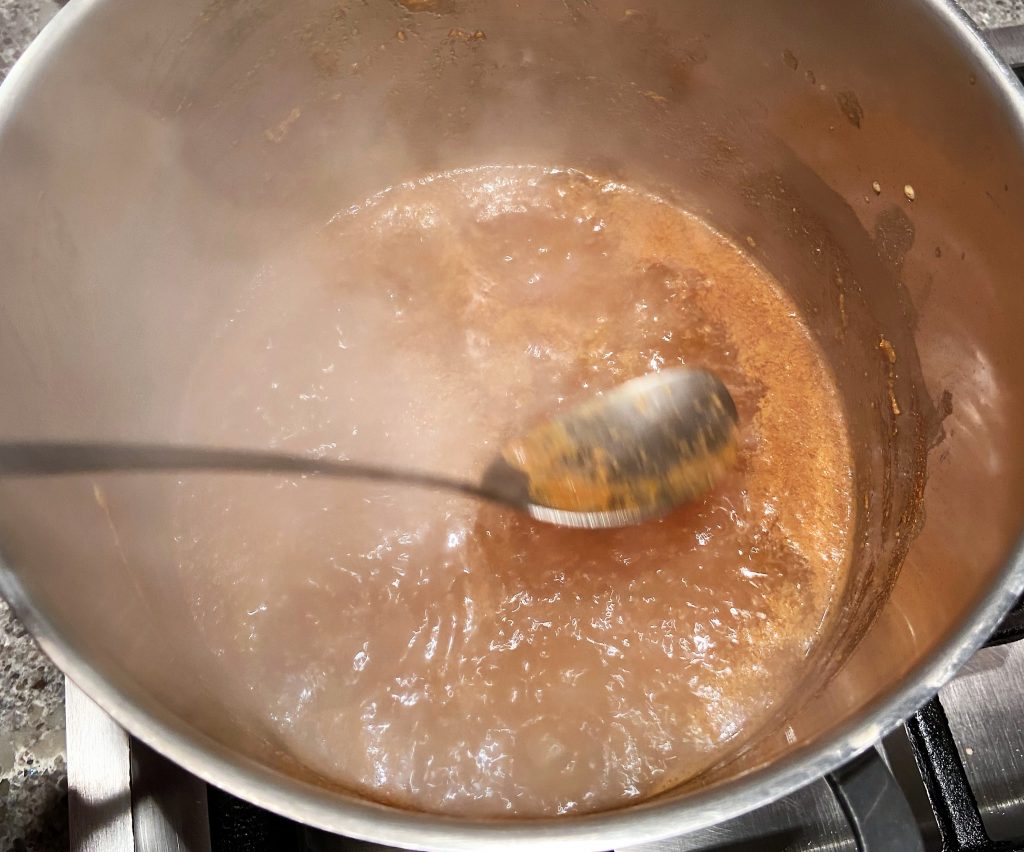
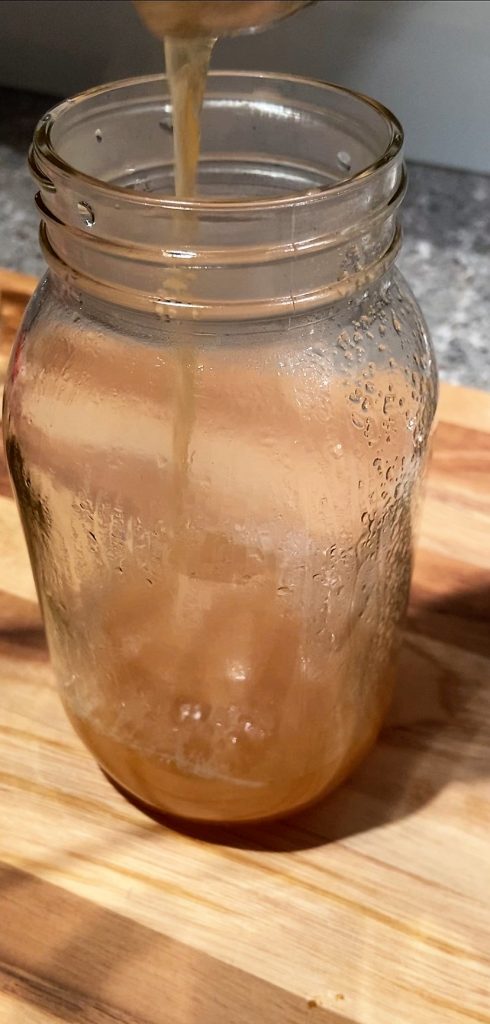
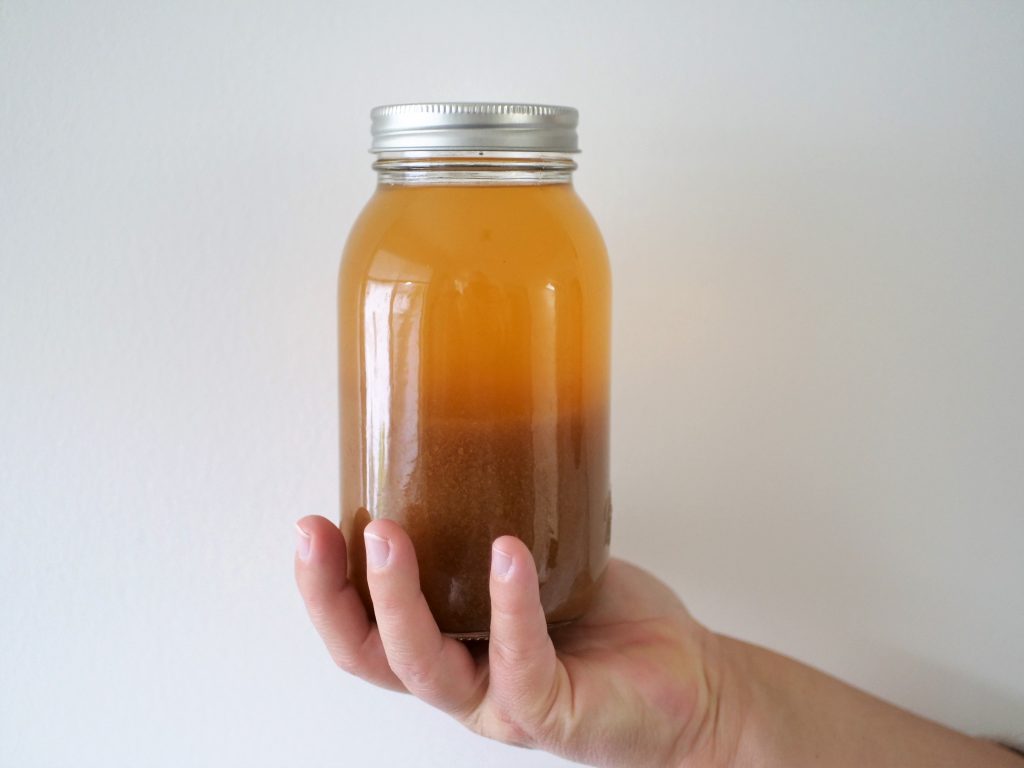
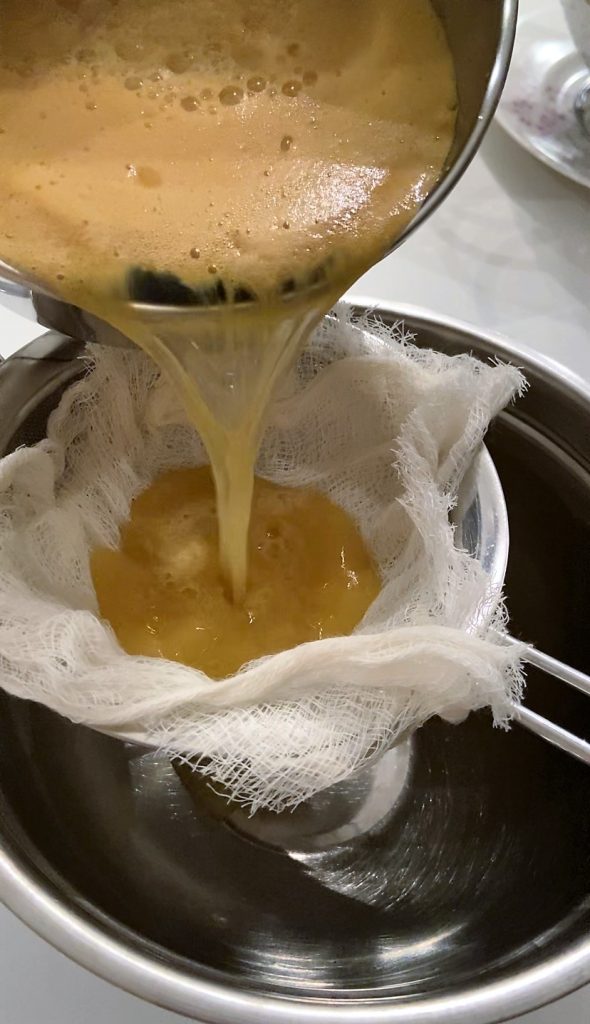
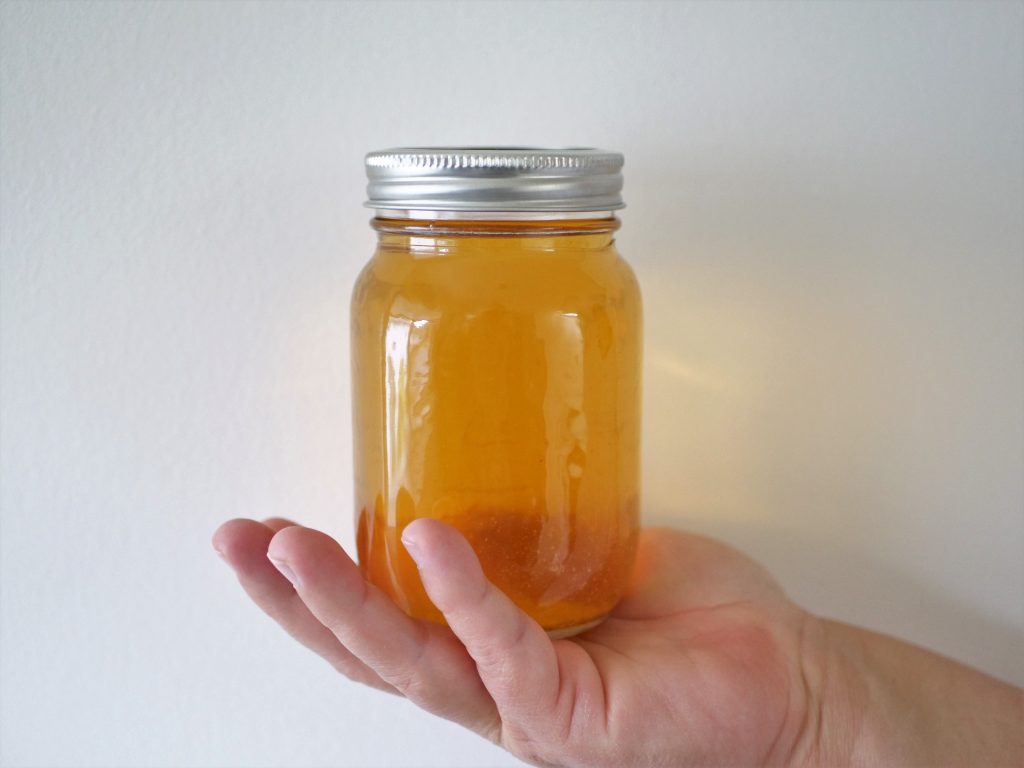
This is an apple juice recipe for juicer. Make sure to have your juicer ready!
These are some of the juicers to consider
Simple Apple Juice recipe for canning
Ingredients
- 5 lb. Fuji apples 2.5 kg
- 2 ½ lb. Jonagold apples 1.2 kg
Instructions
Preparing the ingredients for making apple juice:
- Thoroughly wash the apples to remove any dirt or residue. Do not peel the apples. It is best to leave the skins on.
- Remove the cores from the apples. You can use an apple corer or simply cut the apples around the core.
- Slice the apples into smaller pieces for easier processing in the juicer.
- If your apples have blemishes and bruising, you can still use them for juicing. Cut away the blemished or bruised areas, ensuring you remove any damaged or discolored parts. This step helps improve the overall quality of your juice.
Juicing apples and preparing homemade apple juice for canning:
- Use a reliable juicer to extract the juice from the trimmed and cleaned apple pieces. Catch extracted apple juice into a large metal or glass bowl.
- To strain your juice, use a fine metal mesh strainer lined with cheesecloth or unbleached coffee filter. Carefully pour the freshly juiced apples through the strainer. The strainer will catch the pulp, leaving you with a smoother liquid in the container below.
- If you have pulp left in the strainer, you can use the back of a spoon or spatula to press down on the collected pulp. This step can help extract additional juice. Alternatively, you can gently stir the pulp in the strainer to help the liquid pass through.
- Pour the strained apple juice into a large pot. Cover it with a lid and bring it to a boil. Reduce the heat to simmer, allowing the juice to simmer for 15 minutes while keeping the lid on. This step sterilizes the juice, making it suitable for canning. Check on the simmering juice after 5 minutes of cooking and remove any foam and impurities.
- Ensure your Mason jars are sterilized and ready, as you’ll need to pour the hot juice immediately into the jars.
- Process the juice using your preferred canning method. Your homemade apple juice is now ready for storage
Yield
Choose your preferred canning method to preserve your apple juice
For those processing this preserve using water bath or steam canner, the processing time guidelines at various altitudes are as follows:
0 – 1,000 ft: Pints – 5 mins, Quarts – 10 mins
1,001 – 6,000 ft: Pints – 10 mins, Quarts – 15 mins
Altitudes Above 6,000 ft: Pints – 15 mins, Quarts – 20 mins
Frequently asked questions
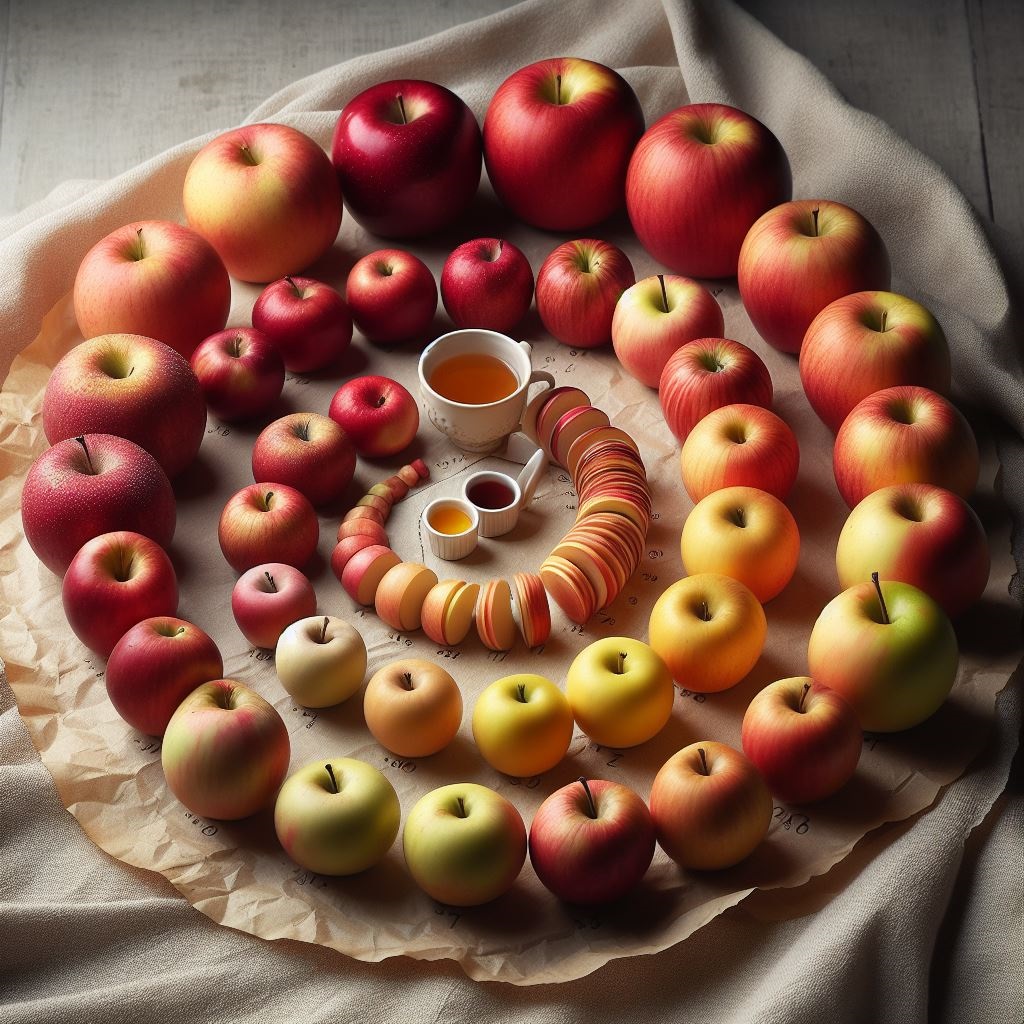
How do I find out which apples are good for juicing?
Unquestionably, you taste matters when choosing the best juicing apples. Don’t hesitate to try different apple combinations until you find the perfect blend for your homemade apple juice. Additionally, and if you are looking for a shortcut, consult with these sources:
What is Demerara sugar and how is it different from regular white or brown sugar?
Demerara sugar, named after the Demerara region in Guyana, stands out as a type of brown sugar with minimal refinement, characterized by larger crystals and a slightly amber hue. In contrast, regular brown sugar, a blend of white sugar and molasses, comes in two varieties: light brown sugar, with a lighter color and lower molasses content, and dark brown sugar, boasting a darker color and higher molasses content.
In summary, the main differences between Demerara sugar and regular brown sugar are the size of the crystals, the color, and the presence of natural molasses. Demerara sugar has larger crystals, an amber color, and retains more natural molasses compared to regular brown sugar.
Can I freeze homemade apple juice?
Yes, you can freeze homemade apple juice. Freezing is an excellent method to preserve the freshness of your juice for an extended period. Here’s a simple guide on how to freeze homemade apple juice
- Cooling: Allow the freshly made apple juice to cool to room temperature. It’s essential to avoid freezing hot or warm liquids, as it can affect the quality and cause uneven freezing.
- Choosing Containers: Select appropriate containers for freezing. Consider using freezer-safe glass jars
- Leaving Room for Expansion: Leave some space at the top of the jars to allow for expansion as the liquid freezes. This prevents jars from cracking.
- Sealing: Ensure the containers are tightly sealed to prevent freezer burn and maintain the quality of the juice. We recommend using these lids for your Mason jars.
- Labeling: Label the jars with the date of freezing to keep track of freshness.
- Freezing: Place the sealed jars in the freezer.
- Thawing: When ready to use, thaw the frozen apple juice in the refrigerator. Shake or stir the juice to recombine any separated elements.
How long does homemade juice last?
If you’ve followed a canning process, the homemade apple juice can last for up to two years when stored in a cool, dark, and dry pantry.
How to use this homemade apple juice?
Apple juice is a versatile ingredient that can be used in various ways. Here are some common and creative ways to use apple juice:
- Refreshing Beverage:
- Serve chilled apple juice as a refreshing beverage on its own or mixed with sparkling water for a fizzy twist.
- Create apple juice ice cubes to add flavor to cold drinks without diluting them.
- Smoothies:
- Use apple juice as a base for smoothies, blending it with fruits like berries, bananas, and yogurt for a nutritious and delicious drink.
- Cooking and Baking:
- Use apple juice as a cooking liquid for grains like rice or quinoa to infuse a subtle sweetness.
- Incorporate apple juice into baking recipes for moist and flavorful cakes, muffins, or bread.
- Cocktails:
- Mix apple juice with spirits like vodka, rum, or bourbon to create flavorful cocktails.
- Combine apple juice with cinnamon and a splash of ginger ale for a non-alcoholic fall-inspired mocktail.
- Jellies and Preserves:
- Make apple jelly or preserves by combining apple juice with sugar and pectin.
- Sorbets and Popsicles:
- Freeze apple juice into refreshing sorbets or popsicles.
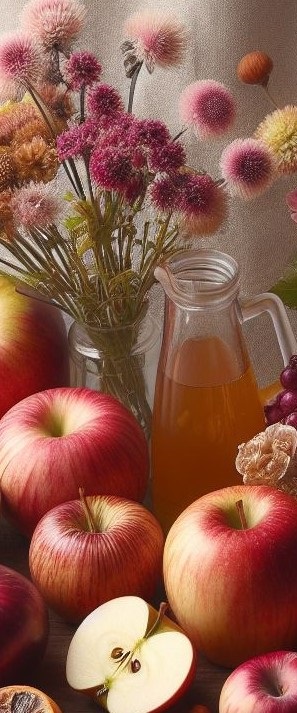

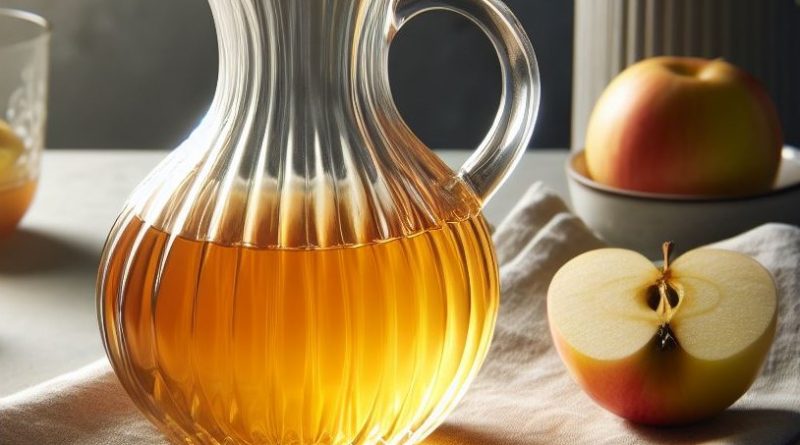
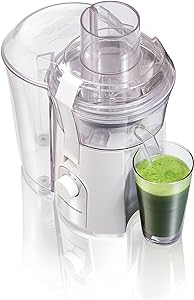
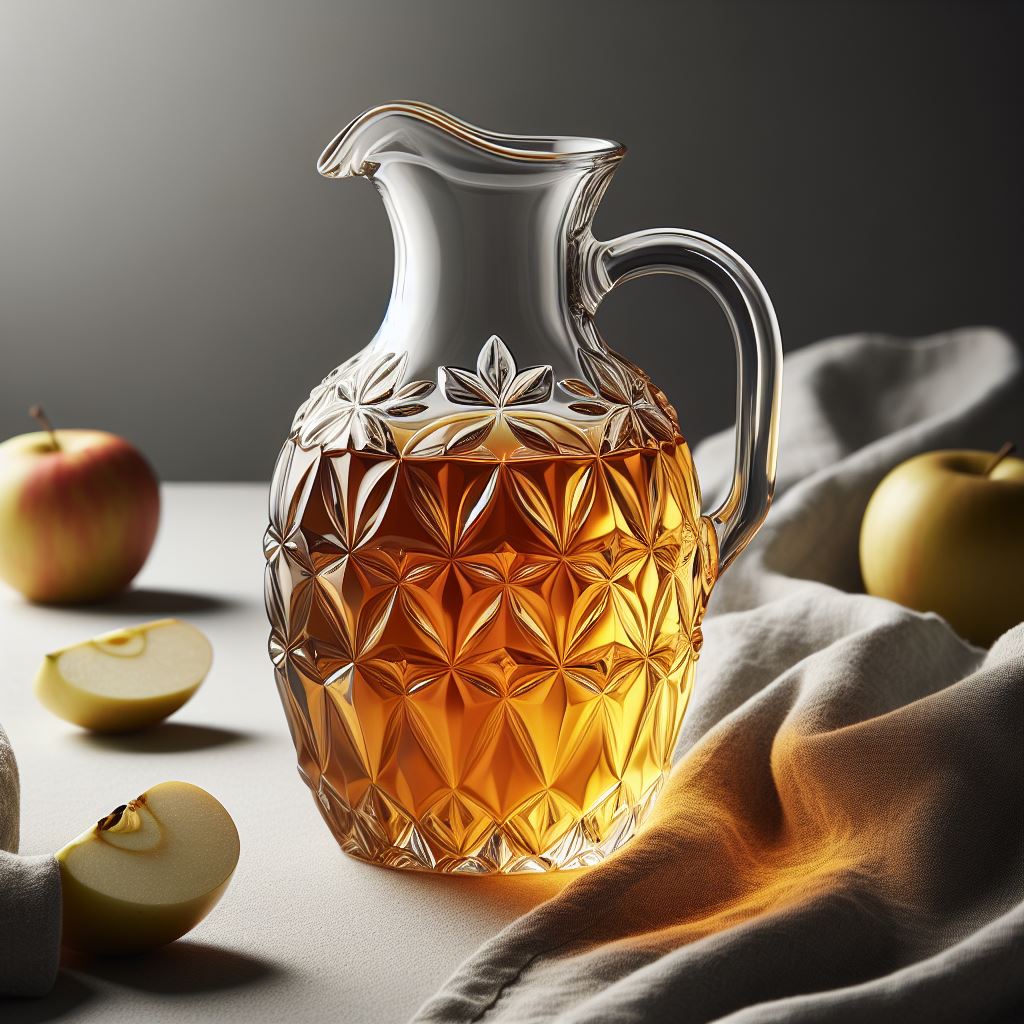


Leave a Reply